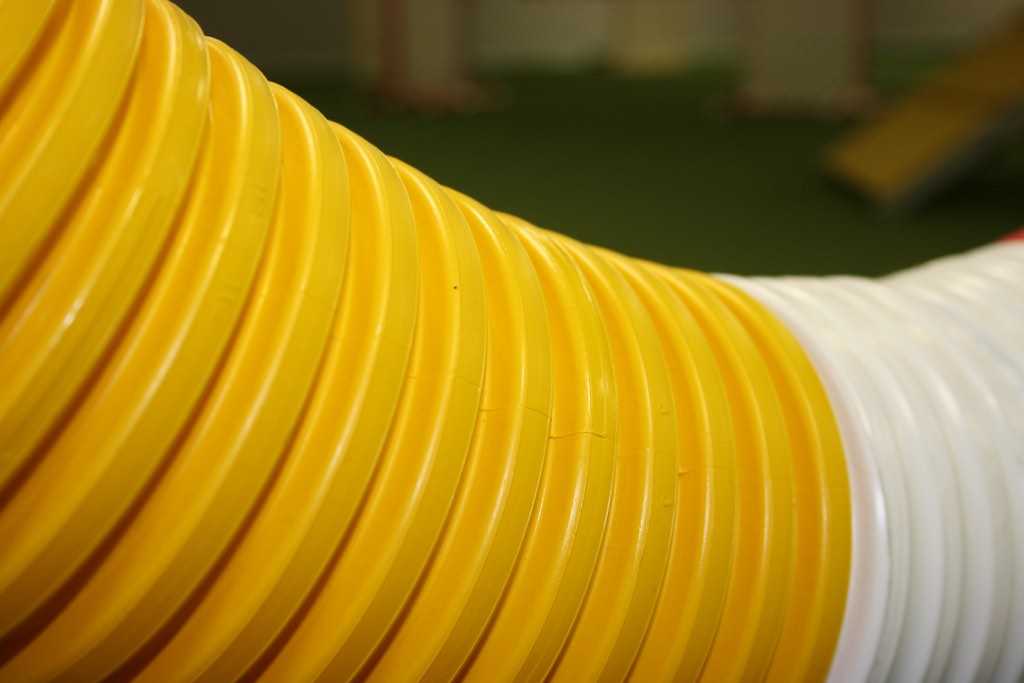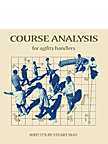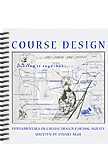Stuart Mah Seminar - Jul 2008
08 Aug 2008
I attended my first Stuart Mah seminar last month at Meyer’s Kennel in Belvidere, IL. Stuart is certainly a very successful handler and trainer and one of the big names in agility. I was keen to meet him and learn about his approach first hand.
What little I knew about Stuart’s methods were the ideas of “Handler Focus” and “Obstacle Focus”. They seemed pretty intuitive concepts so I wasn’t too sure what we’d actually be working on. Of course I have his books:
At the outset Stuart had us run a course with some off courses, jump wraps Jump Wrap Handling TipsJump Wrap Handling - With VideoJump Wrap/Wrap,
270s Mr Peabody in UKC Bloodlines MagazineHandling 270 Degree Jump SequencesBack Side Entry to 270/Training Opportunity - Video270 Degree Jump Sequence, and other handling challenges just so he could get a feel for how we work as teams.The ring was packed sand over gravel and it was a nice surface. It was a little tough getting going in a couple spots where the sand was a loose and little deep. In general it was easy on the feet and gave the dogs good traction. We really appreciated that ring when we got a substantial downpour after lunch. Once the rain stopped we could use the ring immediately. Sure beats running in mud!
After watching us run Stuart layed out the contrasts between Handler and Obstacle foci in five areas:
| Cue | Handler Focus | Obstacle Focus |
|---|---|---|
| Motion | slowing, decelerating | speeding up, accelerating |
| Body Language | toward body, close to body | away from body |
| Verbal Volume | soft | louder |
| Obstacle Command | given | N/A |
| Gaze, Visual Focus | toward dog | toward obstacle |
Stuart believes the inconsistency in our use of cues, using cues from both columns at the same time, is what confuses our dogs on course. If we give them conflicting cues which cues should they follow?
Depending on who’s System you use these five areas might or might not be considered cues or major or minor cues. Regardless, I think everyone can agree they impact your dog on course. Some of these cues need to be taught, like the obstacle name commands and, I think, the verbal volume. Motion and body language are common cues that we all use (even when we don’t know we are doing it).
Using your gaze as Stuart does is an interesting cue. I’m used to catching my dog’s eye over a jump, for example, to help him understand that I want him to take the jump. Stuart also uses his gaze to direct his dog. We naturally face the obstacle (or at least the direction) we are moving, that should cue your dog to move toward that obstacle. When we shift our gaze to our dogs it tends to cause your dog to look back toward you, when our dog is looking at you they aren’t looking at the obstacles; by definition they are in handler focus.
While discussing these cues Stuart also mentioned that he disagrees with the current trends toward motion centric handling systems. One of his objections was that they tend to emphasize perfection in handling without any “backup” for when you mishandle. What if you can’t get in position for a cross or you end up on the wrong side of an obstacle? With a dog trained with verbal commands you could bail yourself out of your predicament. He puts execution of obstacles under verbal command specifically to shift some of the responsibility to the dog.
In my opinion the “System-ization” of handling methodologies is tending to group people into camps in which no variation from that System is allowed. I’m trying really hard to not “Drink the KoolAid” and I try to expose myself and critically examine approaches outside of my comfort zone. In general I think Stuart’s approach is very compatible with other systems. The main conflict would be his training of verbal directional/obstacle commands to the point where he wants his dog to prioritize his verbal commands. I don’t believe he actually said this, but I got the feeling we would want his dog to respond to his verbal commands even when they were in conflict with his motion. (Update: Stuart commented to me that the verbal should not be in conflict with the motion cue. But if the handler is far behind the motion cues are less effective and then the verbal commands become more important and provide more direction to the dog.)
As I've referred to previously, I currently only use a couple verbal commands: "Go" - take the obstacle(s) in front of you, "Come" - come to me (rarely used), and "Out" take the back side of the jump and jump toward me. So I was impressed by Stuart's verbal command structure consisting of three components:- Power - i.e. volume. louder commands to cue obstacle focus, soft commands to cue handler focus
- Direction - i.e. left/right, 1/2, come/go
- Obstacle Name - i.e. tunnel, jump
So “GO - LEFT - TUNNEL” would tell his dog to take the obstacle ahead, turn left and seek the tunnel. “easy - right” might be to wrap a jump and turn right. The Power concept is an interesting one and reminded me of a public speaking tip I learned. If you want people to focus on something important in your presentation speak a little softer at that point. You’ll actually see people lean forward in their seats and focus carefully on what you say. It turns out your dog can and will do the same thing.
Stuart had us use small sequences within the course setup to work on applying the cues so we could see how they worked. There is some subtlety involved and even though I’m pretty comfortable with applying these cues Stuart helped me a lot with my use of deceleration while still moving; I tend to slow to a stop and my deceleration becomes more of a positional cue. In case you are doubting the applicability of Stuart’s cues, he handled a number of the dogs and you could watch him playing with the timing and amount of the cues and really see the dogs react. As I learned many, many years ago, dogs are keen students of human behavior. When you learn to use behaviors that your dog already knows to cue them they respond very quickly.
So my “take home messages” were to work more on deceleration while still moving, and to incorporate command volume as another mechanism to get Meeker to focus on me. I’ve also been playing with eye contact specifically to engage him with me, as when collecting for a jump wrap. I’m still mobile enough that I haven’t found a need for directional verbal commands, maybe as we get into more difficult Gamblers courses I’ll change my mind…
So if Stuart is coming to your area make time to see him, his approach has been very successful for his teams and you’ll learn something that will improve your performance too.
If you enjoyed this article won't you please:  Thanks!
Thanks!


